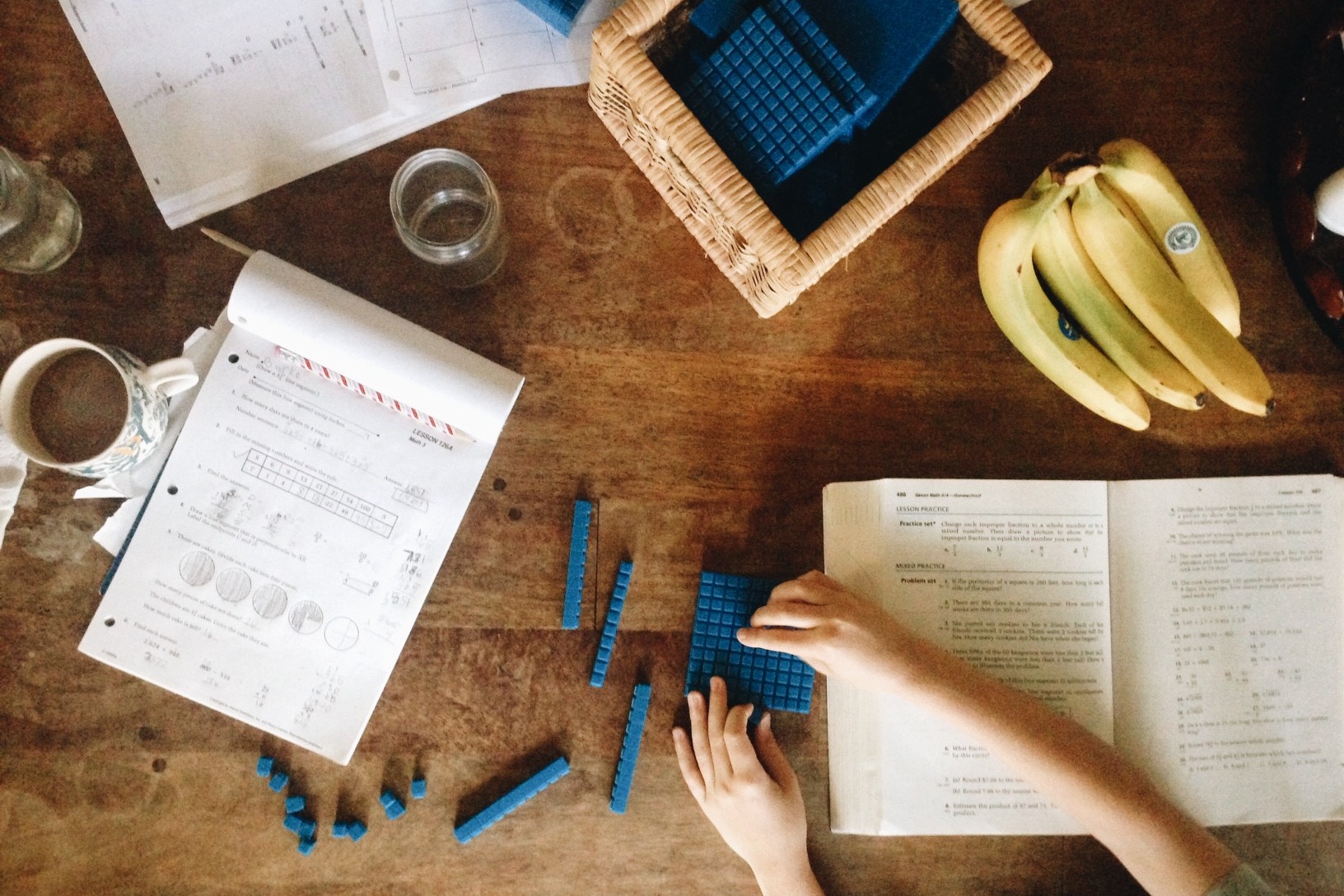
When I was pregnant with Liam over a decade ago, I walked into a local baby store planning to itemize a few things we would need. I had expected the process to be easy. I would enter the store, write down a few favorite items, and leave. Instead, I was paralyzed. In each category from breast pumps and bottles to monitors and carriers, I discovered several options, each touting some award they had won or the latest technology or the best safety ratings. Overwhelmed, I promptly turned and left the store. I had no idea what I needed.

I felt similarly when I first entered the word of homeschooling and had to begin choosing curriculum. The vast variety of options and styles buried me. Really, I get it. Curriculum varies because homeschoolers vary. We all have different goals and styles, but when you’re first beginning, it can be too much, even enough to send you packing out door. It’s one of the reasons I have tried (sporadically) to share the resources I use here, to give you an idea of what we use and how we use it. Before I continue, let me first tell you: you don’t need to outfit a full classroom to begin homeschooling. Over the years, we have accumulated a library worth of books from used book stores and gifts, but we began with a very small cabinet containing art supplies, reading and math curriculum, handwriting paper, and a chalkboard wall. It can be that simple. What I share below is in the context of my own children who now run the breadth of grammar school–Olive (age five, Kindergarten) to Liam (age 10, 5th grade). To save money, I have bought several gently used curriculums via homeschool classifieds (craigslist for homeschoolers) and also keep my ears open for local book fairs, especially the ones where parents have tables to see curriculum they are finished using. I also try to keep a mental tab of supplies we need and list them on our chalkboard wall, so when family or friends ask about birthday or Christmas gifts, I can refer to it. These are helpful tips because if you haven’t noticed yet, the tab to homeschool can rise as quickly as baby necessities (which every parent knows you don’t always need anyway).

With that said, using curriculum offered me a concrete point of reference, a stepping stone into confidence as a home-educator. Over the years, I have learned how to teach complex math and grammar concepts to my children, how to correctly pronounce letters or organize them to spell a word. I have learned about the elements of shape and the parallel histories of different religions and cultures. Although I leaned heavily on teacher guides with my oldest, I do less now for my younger ones, using what I have learned to lead or direct our days. I have a very eclectic approach to education. I began staunchly in the classical camp and have over time borrowed methodologies from Charlotte Mason, Maria Montessori, and even a bit of Waldorf. This is the glory of home-education: it will and can change shape in different seasons of life. We currently rely heavily on what Charlotte Mason referred to as “living books,” books that teach you through interesting narration, like the Burgess Bird Book or the Story of the World (see more book ideas via Ambleside). Inspired by classical education, I memorize tons of facts, poetry, and Bible scripture alongside my children each year using Classical Conversations curriculum. We use several different types of manipulatives (concrete things that represent abstract concepts) whenever possible as Maria Montessori encouraged. We do limit our technology usage, which is becoming more and more difficult as my kids get older–let’s talk more about this another day–and try to spend as much time as possible outdoors when it’s not August in Texas. (wink.)
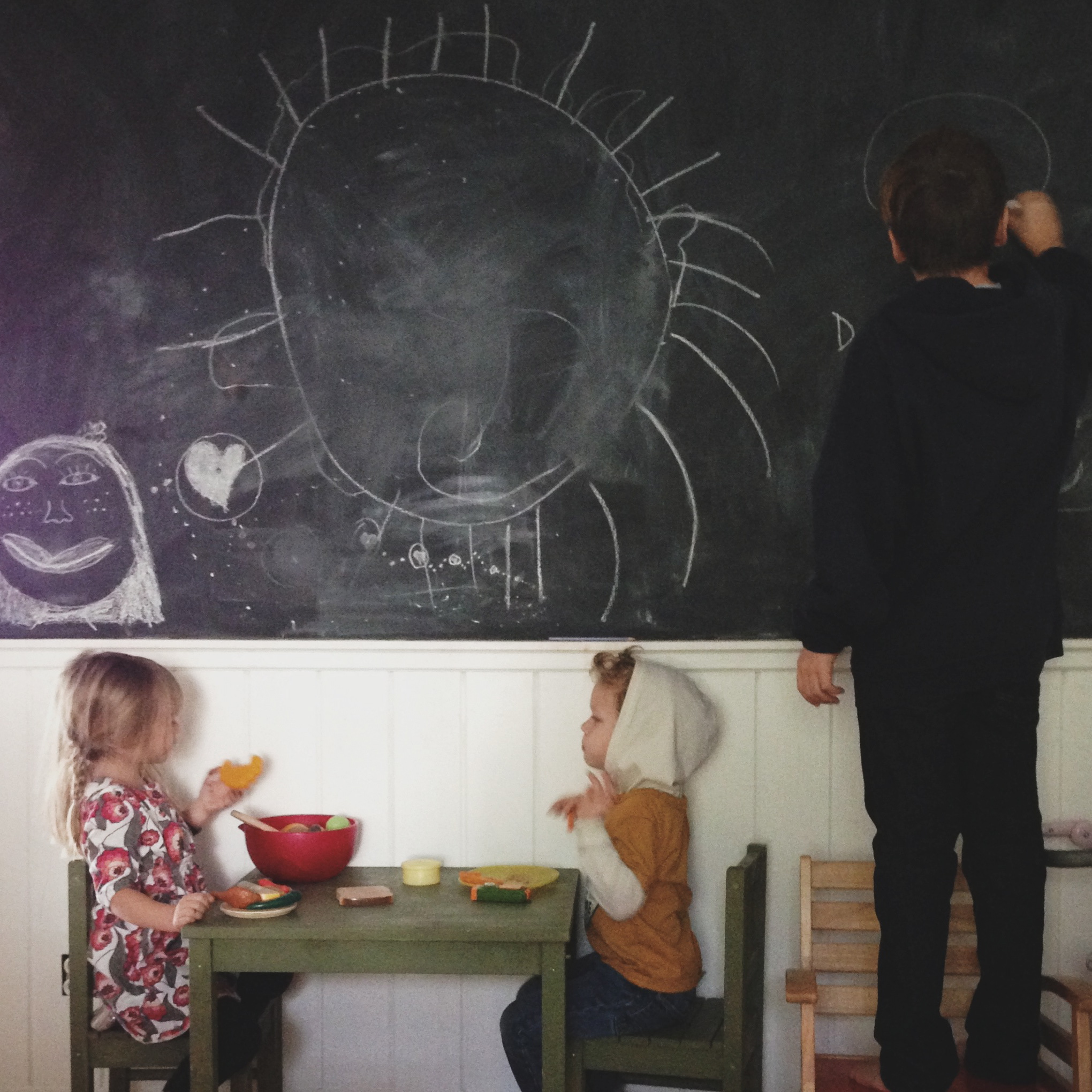
Since I regularly get questions about the curriculums/books we use each year, I thought I mights share a few with you here. I hope you see this list in the context above. Honestly, there are several wonderful choices out there. This is currently where we are:
READING // When my boys were learning to read, I used Teach Your Child to Read in 100 Easy Lessons. This reading program was both economical and easy to use without planning. The first 20 lessons or so are quite simple and give the child a sense of progression and accomplishment. Although it does teach phonetics, it’s not in the linear approach most reading lessons use. It trains the child to read with the phonetic symbols, which can sometimes be confusing for parents. It is a great program, and more importantly, it works! With my busy-bee daughters, I switched to All About Reading, which complemented the spelling program we were already using and gave them color sheet or cut-and-paste activities with each lesson. They love it. The program uses a mixture of memorization of phonograms, pre-made activities (your child can cut and paste), and leveled readers. The downside of AAR is it’s a tad expensive, as you have to buy each level as they progress (on average one level per year). Also, for children (or parents) who don’t enjoy pre-made activities, you may find this curriculum cumbersome.
MATH // Saxon (if you’re interested in Saxon curriculum and are new to it, here’s a brief Saxon placement test to know which level to begin with). Right now Saxon is 20%off here. We began with Saxon after it was recommended to us several times in the beginning. We switched to Teaching Textbooks for a year, which was easier for me (and a really fun curriculum), but I realized I didn’t keep as close an eye on where my son was, meaning I didn’t know how to review the concept in the same way TT did. We switched back to Saxon the next year. Other recommendations: MathUSee
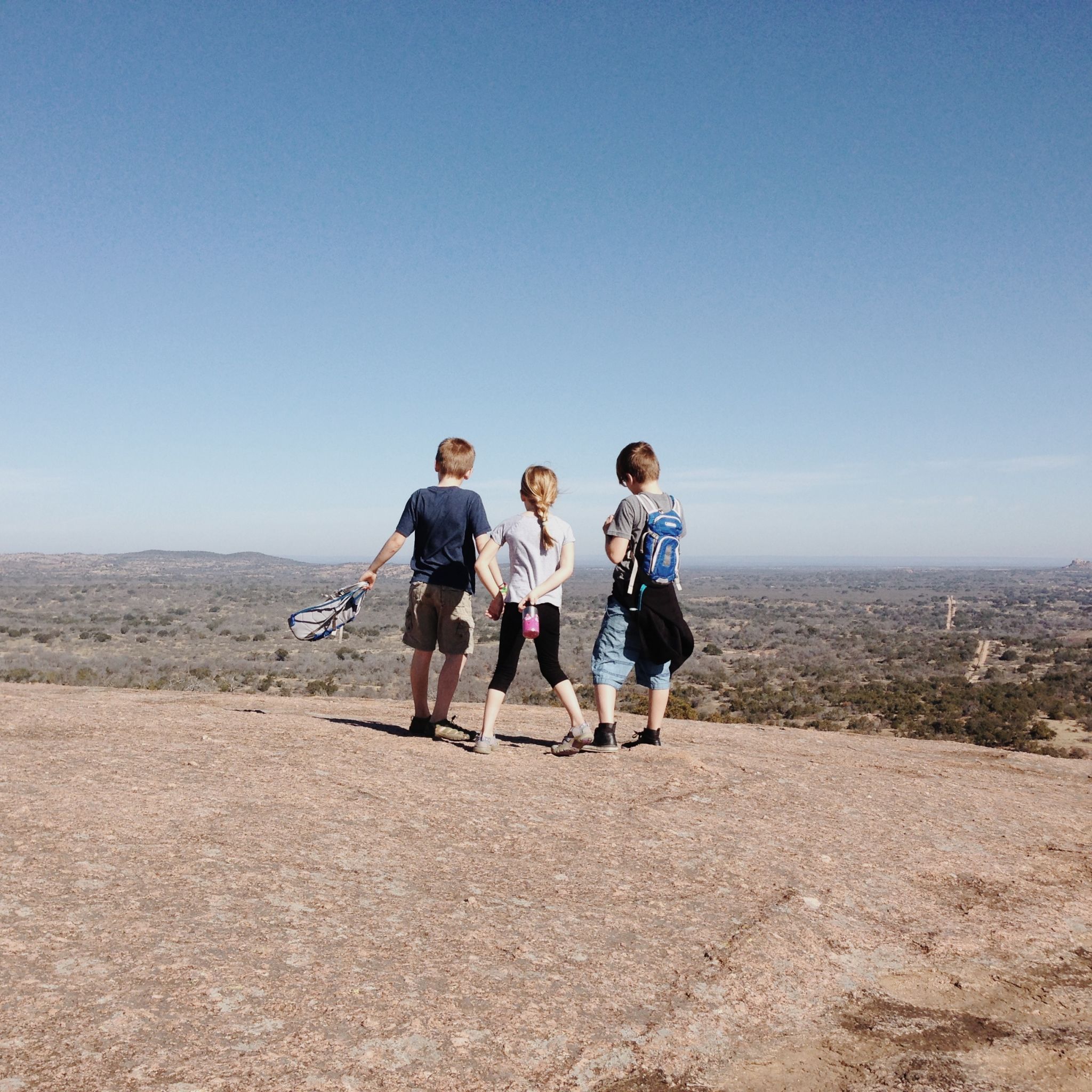
SPELLING // All About Spelling (Blythe). This program is multi-sensory and wonderful for younger spellers, but can become tedious for older children. I’m using Phoentic Zoo this year for both of my boys. It’s an auditory approach to spelling and begins with older elementary age students. They have a placement test also if you’re interested and unsure where to begin.
HISTORY // I have used the Story of the World for years and love it. More importantly, the kids love it. We have learned so much, even though we’ve progressed slowly through the four volumes. I love the curriculum’s flexibility for ages and time. You can easily adapt it to your family’s needs or just listen the audio. You can read more of how our family uses this curriculum over here.
 SCIENCE // We have never used a formal science curriculum. Instead we read tons of library books, create occasional experiments, and take plenty of nature walks, especially in the cooler seasons. Several years ago, my in-laws gave our kids these Character Sketches, read-a-loud nature studies/stories that teach a Biblical principal and where that principal is illustrated in nature. This is fairly conservative curriculum and directs a lot of teacher direction to the father, which would be ideal but doesn’t always work in our family homeschool routine. Just so you know. (Wink.)
SCIENCE // We have never used a formal science curriculum. Instead we read tons of library books, create occasional experiments, and take plenty of nature walks, especially in the cooler seasons. Several years ago, my in-laws gave our kids these Character Sketches, read-a-loud nature studies/stories that teach a Biblical principal and where that principal is illustrated in nature. This is fairly conservative curriculum and directs a lot of teacher direction to the father, which would be ideal but doesn’t always work in our family homeschool routine. Just so you know. (Wink.)
HANDWRITING + KEYBOARDING // I’ve used Handwriting Without Tears from the beginning at the advice of a dear friend who is also an Occupational Therapist, and I’m so grateful. I love it for so many reasons and have included it in several of my preschool posts. If you’re interested in HWT and want some ideas of where to begin, I wrote out what you’ll need here. Also, HWT introduced a new keyboarding program this year I plan to try. I’ll let you know how that goes.

ENGLISH GRAMMAR // In the early elementary years, I have used First Language Lessons and at other time they have simply memorized parts of speech, lists of prepositions and irregular verbs via Classical Conversations’ curriculum. I’ve also led an English grammar and writing class, called Essentials, through a local chapter of Classical Conversations for the last four years. This year our family is taking a break to give some room in our budget and routine. I plan to use the grammar curriculum with both of my boys still this year because I’m so familiar with it. Unfortunately, it’s such an intense and differently structured program, so CC prefers you’re apart of a campus to use it.
WRITING // In the early elementary years, once they can easily write their letters, my children do tons of copywriting and dictation. Sometimes I have used a formal curriculum like Writing With Ease, but in recent years have leaned more toward pulling sentences out of our current read-a-loud or a recently read poem. The kids often practice dictation with their independent reading (having to summarize what they read in a chapter) or during our history reading. This year, the boys and I will use one of the Institute for Excellence in Writing‘s Theme-based writing, most likely this one.
THE ARTS // I’ve always admired artists and really try to encourage my children’s natural love to doodle and explore color and form. This is perhaps the hardest area to cover on a budget, since most art, music, dance lessons can be expensive. If you have something to barter I recommend trying to do so. If you want to introduce your children to these areas yourself, here are some of my favorite resources: Drawing With Children, The Story of the Orchestra, Can You Hear It? A Child’s Introduction to Ballet, A Child’s Introduction to Poetry, Discovering the Great Artists, and this series of piano books.
Now to go and organize our school area. Here’s a preview just above. More images coming soon. ;)
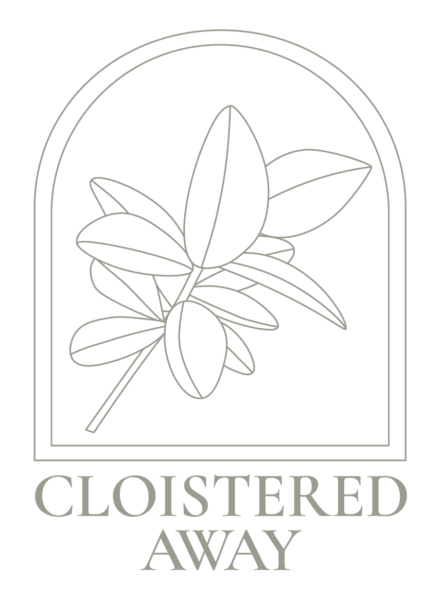
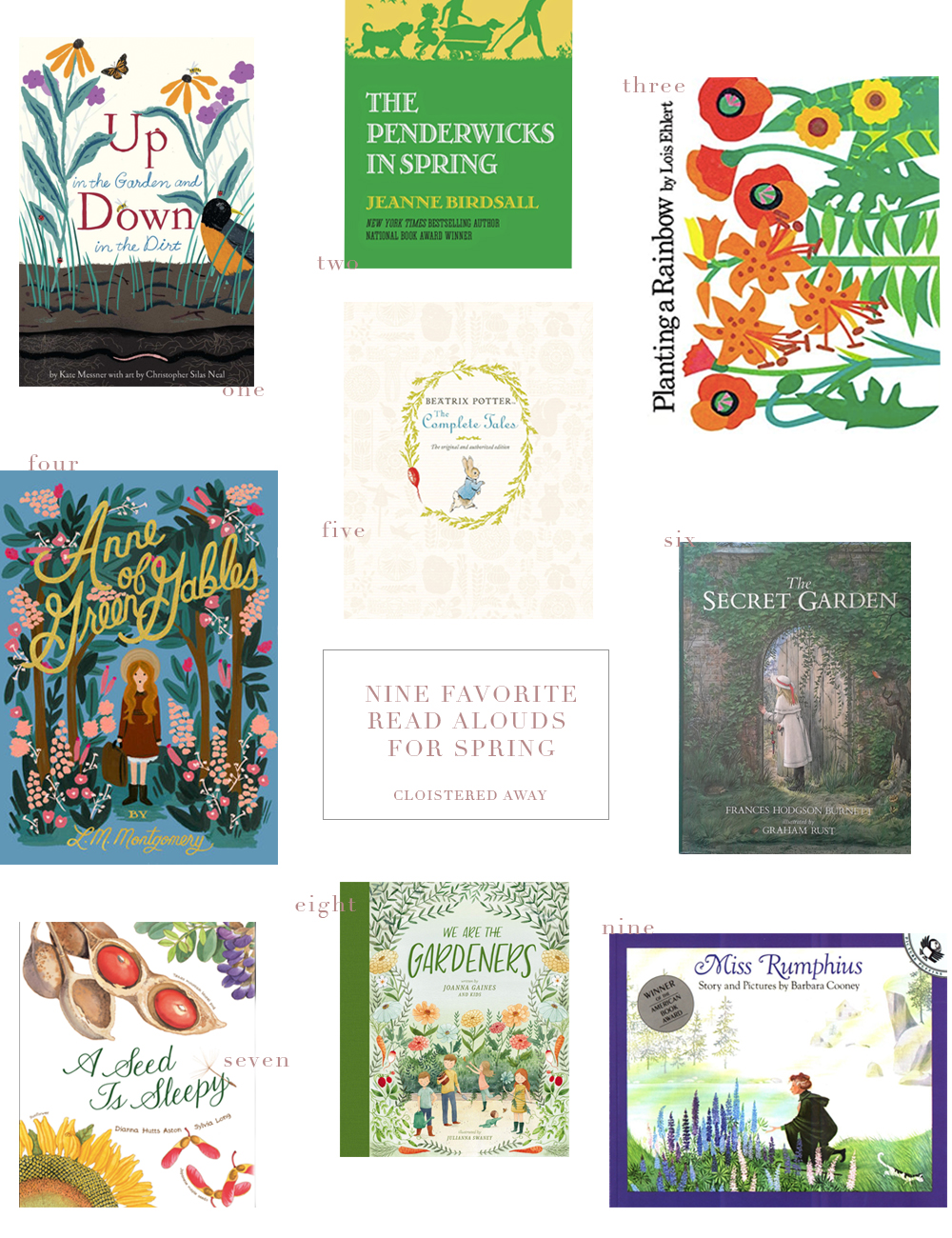

Comments
Pingback: Beginning Again | Our Resources for the New School Year - cloistered away
We are just entering our first year of homeschooling, and I am so thankful for your blog! Being new to this, I’m still struggling to make sense of the various curricula options. With Saxon math, do students need the Meeting Book AND the Workbooks? What is the difference? Any help is appreciated!
Hi Ashley, I apologize for the delayed response here. Saxon is thorough but overwhelming in the beginning, I think. The meeting book is only using in the K-3 programs and is a personal calendar where students review the typical days and months, but also record shape/color patterns, weather, counting number strips, graphing, etc. This happens each day before the lesson. We’ve used them on and off over the years, and if you feel confident about teaching your children calendar skills, you can probably skip it. They’re very helpful, but can be cumbersome if you have multiple children in that age bracket. I resorted to creating a large wall calendar for us to do this together instead with those teacher date tags that change patterns each month. The kids loved taking turns changing them out. I will note, parts of the lessons throughout the year refer to graphs or charts in the meeting book. If you opt to skip it, you’ll have to create your own for the lesson purposes. for example, creating a bar graph of what time every person in your home wakes up or record favorite foods. Does that make sense? On the other hand, the workbooks are necessary. They have the sheets for the students to practice whatever skills are learned in that lesson and also review previous lessons throughout the year. Saxon is an incremental approach, meaning it slowly builds and there’s a lot of repetition. If you child(ren) excel at math, you can also quickly move through. But I find the repetition helpful for my littles who tend to struggle with math concepts. I hope this helps!
Pingback: homeschool curriculum {kinder} | the k n o x e s
So thankful for this invaluable reference, B, since I’m too far away to regularly pick your brain! I know I will keep referring back to this!
Just loved reading your curriculum picks – after 16 years of homeschooling you’d think I’d get tired of it but I never do!! I also love how we both have a melting pot of different homeschool methods yet are using all different curriculum!! Tis the beauty of home educating!! So thankful to those who forged this path so many years ago so we now have so many options and choices! Also gonna look up classical conversations – never have investigated that one. Thank you for writing all this out!
I CANNOT WAIT to sit down and talk with you so soon! I’m going to begin writing out all of my questions now. You are such an inspiration, Terri. x
I love your list and thanks for the suggestions! I just posted a list of our curriculum for this year on my blog. Although, I feel like I’m going to change my mind again before I order it. There’s so many great choices out there!